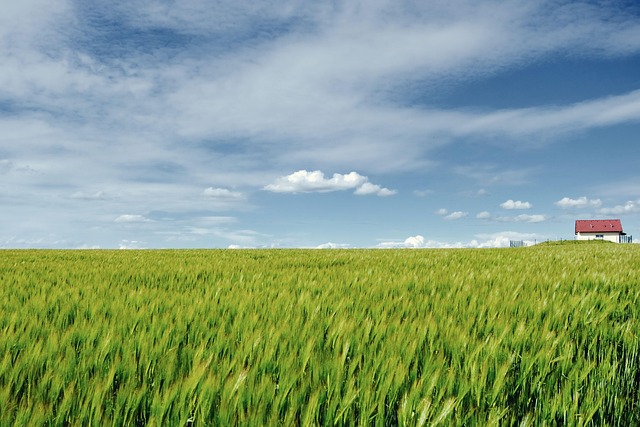As photographers, we are constantly searching for ways to express our creativity and convey emotions through our images. One of the most profound and impactful elements we can explore is contrast. This fascinating concept can transform a flat image into a captivating story filled with depth, intensity, and layers of meaning. Let’s dive into how to effectively capture contrast in layers with your camera.
Understanding Contrast
At its core, contrast refers to the difference between two elements in a photograph. This could be the juxtaposition of light and dark, colors that complement or clash, or even the distinct separation of subjects within the frame. When mastered, contrast can enhance the visual depth of your images, drawing the viewer’s eye and evoking an emotional response.
Using Layers to Enhance Impact
Photographers often utilize layers to create depth and dimension in their work. By incorporating multiple elements in the foreground, middle ground, and background, you can craft a scene that pulls the viewer into a multi-dimensional experience. To effectively utilize contrast, consider how these layers interact with one another:
- Foreground Elements: Introduce an interesting subject upfront that starkly contrasts with the background. This could be a vibrant flower against a muted landscape or a silhouetted figure set against a sunrise. The sharp difference creates a striking focal point.
- Middle Ground Dynamics: Use textures and patterns within the middle ground to add complexity. For example, a bustling street scene can present a blend of colors and movement that contrasts with the stillness of the surrounding architecture.
- Background Statements: The background should complement your foreground and middle ground. A dramatic sunset can provide an eye-catching backdrop that enhances the overall contrast of the scene by contrasting the tranquility of the darkened foreground with vibrant hues.
Optics Play a Key Role
Your camera’s optics are crucial when exploring contrast. Different lenses can provide unique perspectives and depth. A wide-angle lens can exaggerate the layers in your scene, while a telephoto lens can compress them, leading to distinct manifestations of contrast. Experimenting with depth of field is another way to manipulate your images; a shallow focus can create a pronounced contrast between a sharply focused subject and a blurred background.
Lighting: The Ultimate Contrast Maker
Lighting is perhaps the most critical factor in achieving effective contrast in photography. Early morning or late afternoon light provides a warm glow and long shadows that can accentuate textures and shapes. Shooting during golden hour can infuse your layers with rich colors, adding an emotional depth to your imagery. Additionally, consider how artificial lighting can create stark contrasts, highlighting certain layers while casting others into shadow.
Final Thoughts
As you venture out with your camera, keep in mind the power of contrast within layers. Look for opportunities to juxtapose elements, play with light and shadow, and explore different optics to bring richness to your photographs. Embrace this artistic journey, and witness how layers and contrast can elevate your photography to new heights, ultimately creating images that resonate and inspire.



